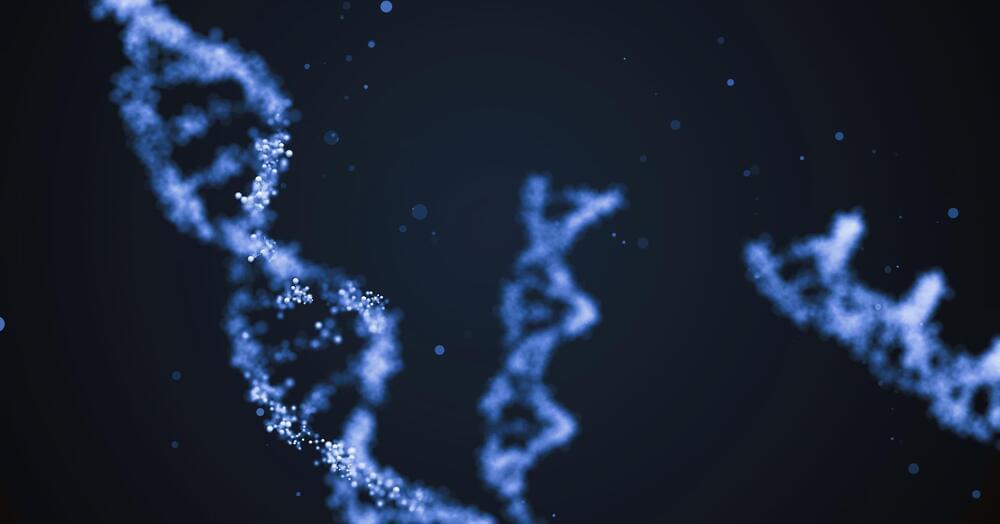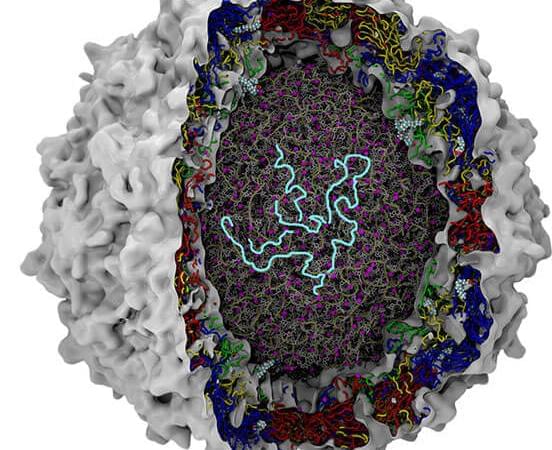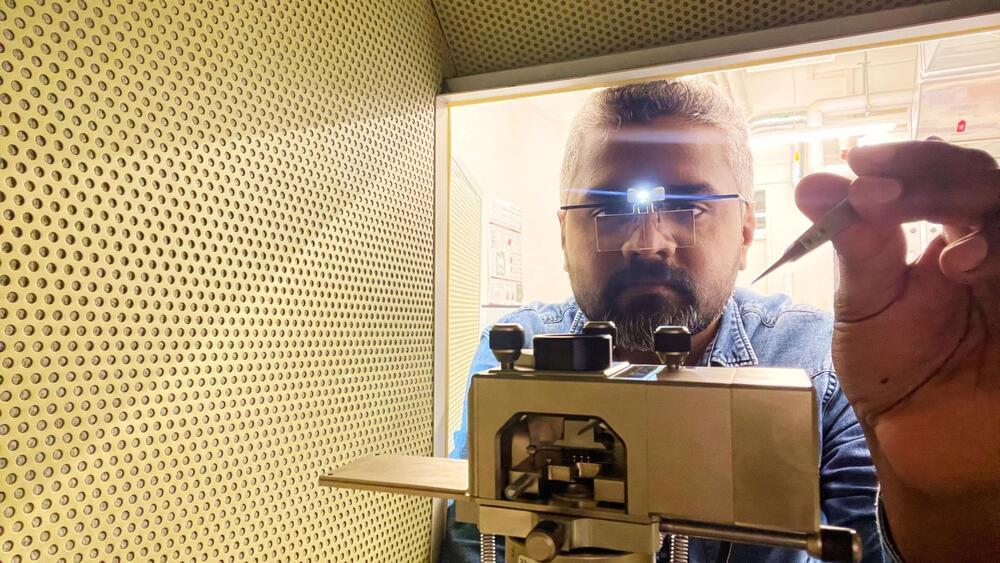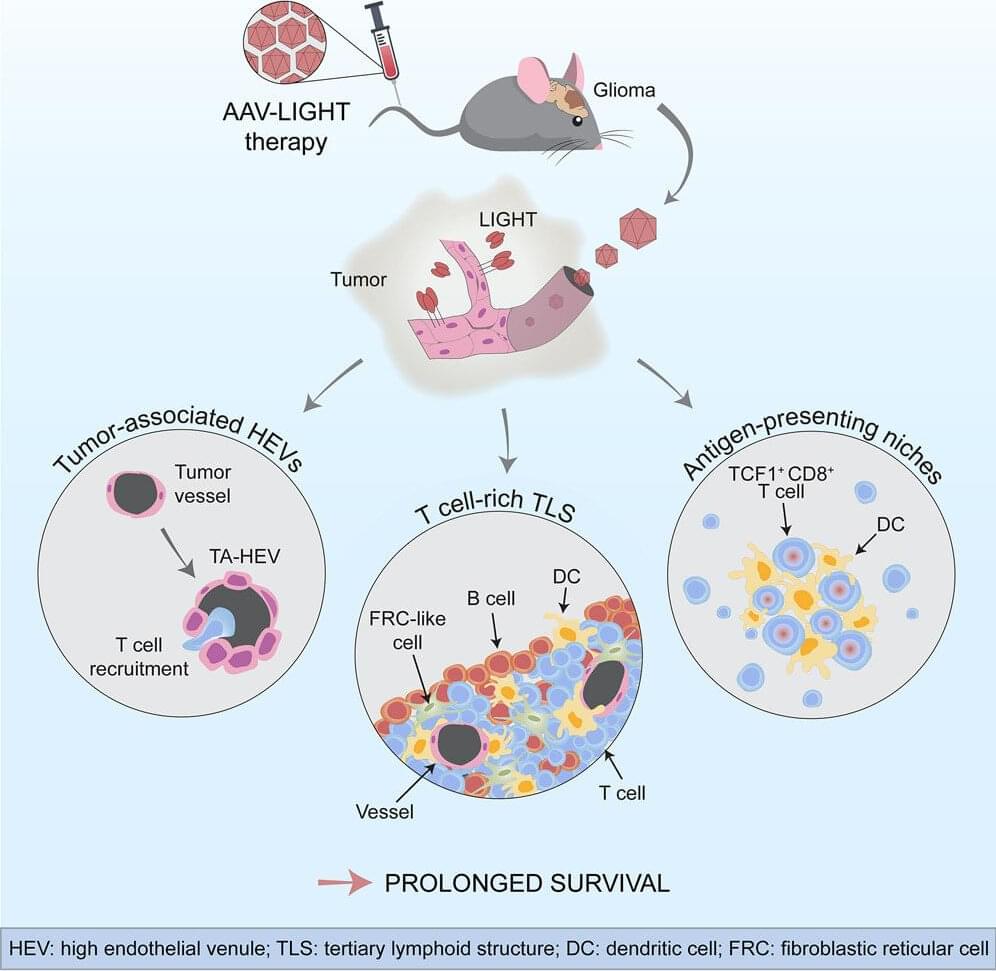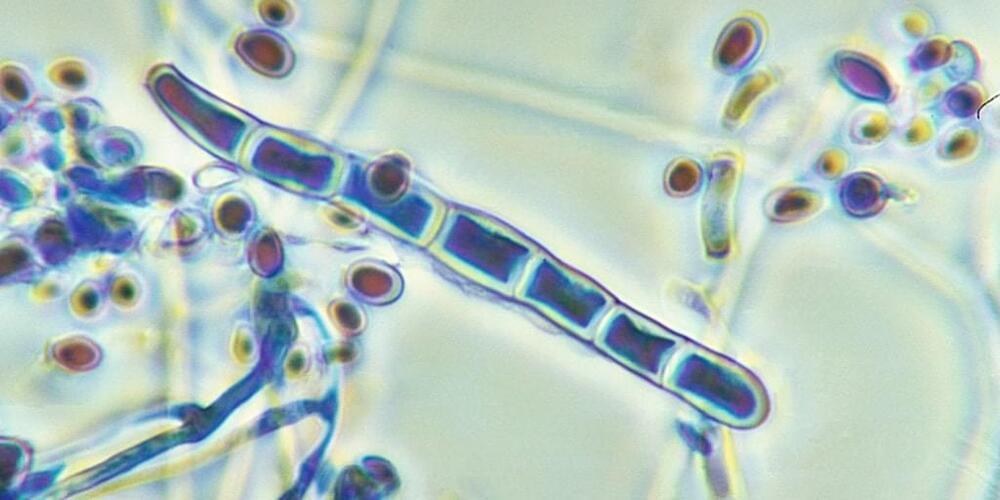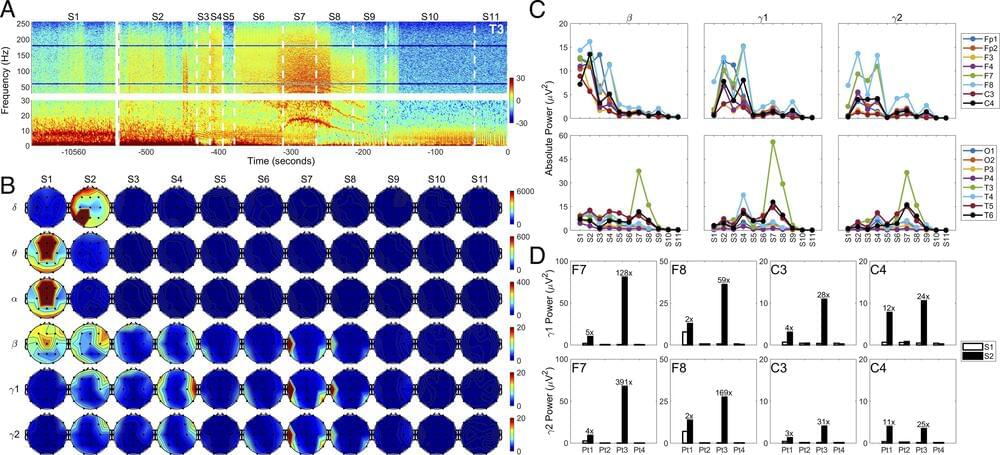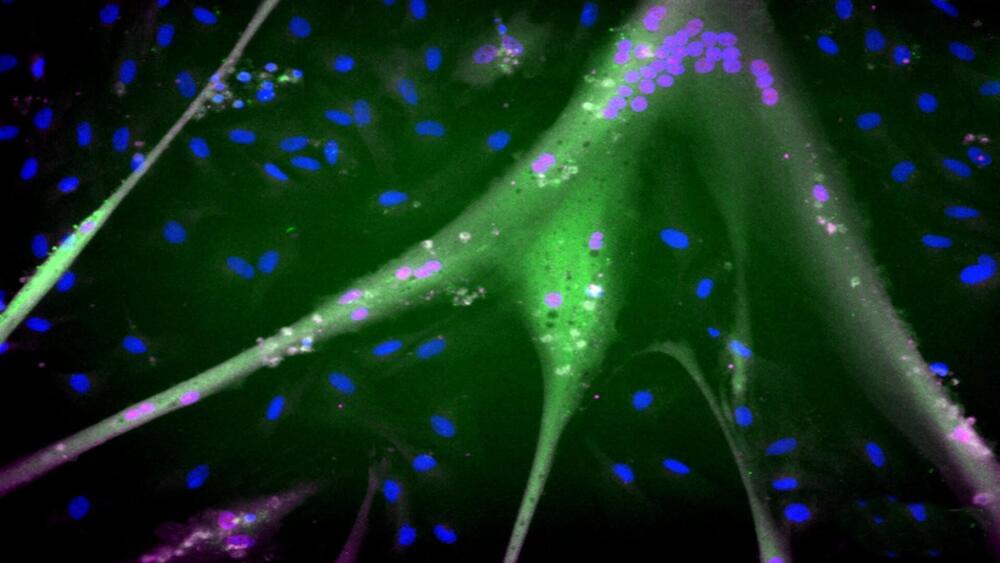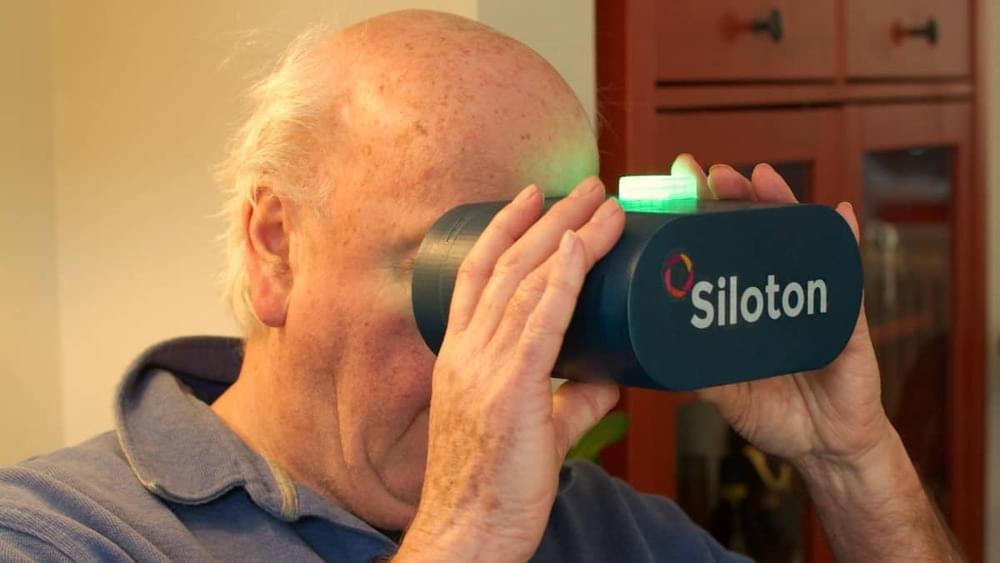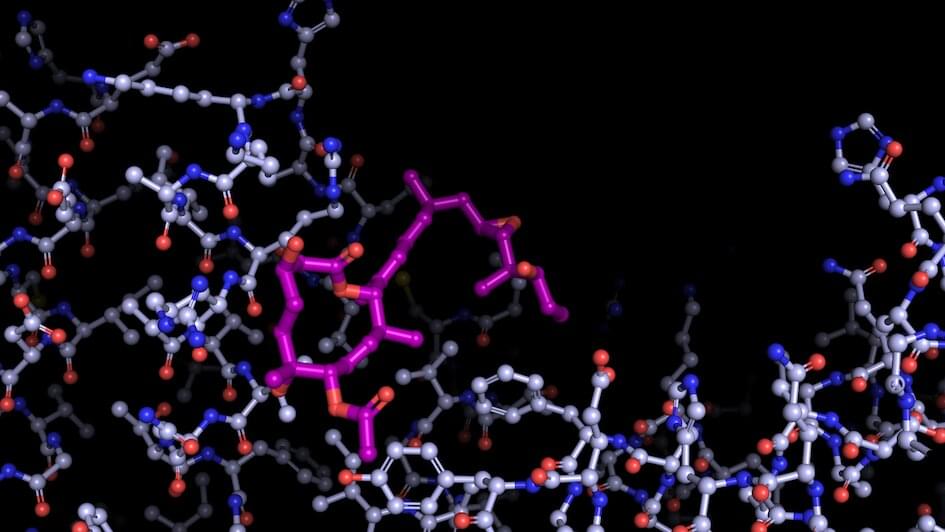Never heard of this fellow before but if you have a spare 50 minutes it’s a good listen. A summary of aging and what we might do about it with the goal (after about 26 minutes) of making an aging vaccine.
Lecture given by Dr. Ronjon Nag at “The Peter Wells Memorial Lecture 2023″ which took place in London on May 3rd, 2023.
https://events.theiet.org/events/the-peter-wells-memorial-lecture-2023/
The event was hosted by the Biomedical Engineering Joint Steering Group of The Institution of Engineering and Technology (IET).
https://engx.theiet.org/technical-networks/biomedeng
